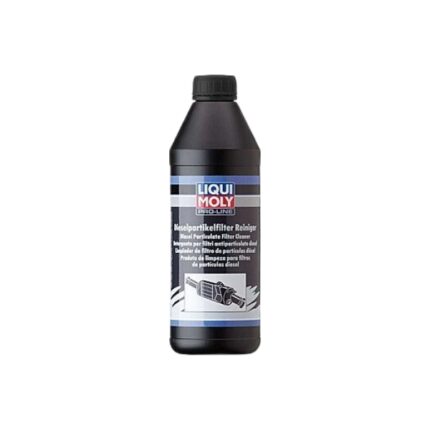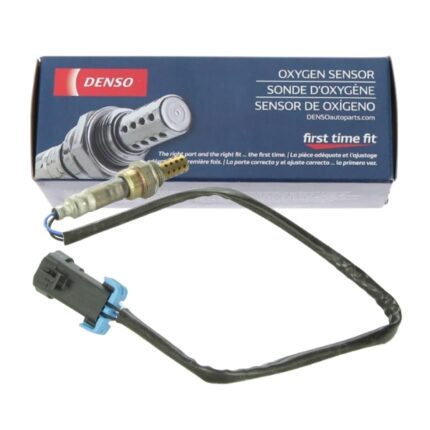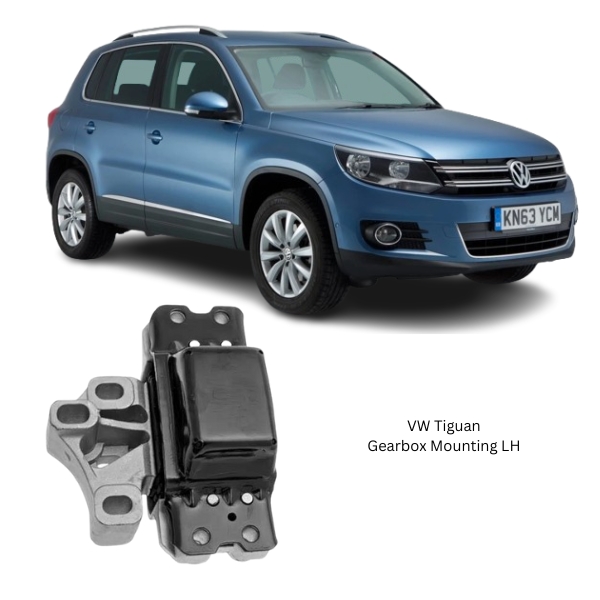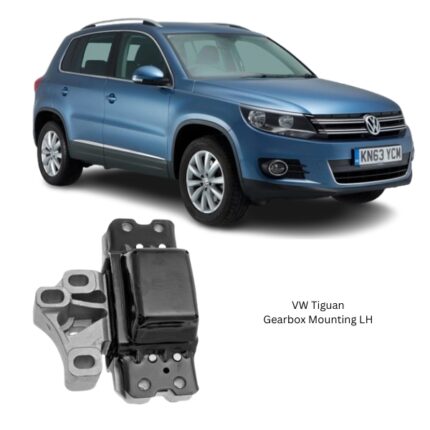Get VW Tiguan Gearbox Mounting LH 5N0199555 in Kenya
The Gearbox Mounting LH (Left-Hand Side Gearbox Mounting) is a critical component in a vehicle’s drivetrain and structural support system. Though small and often overlooked by casual observers, this part plays a vital role in stabilizing the gearbox, maintaining drivetrain alignment, and reducing noise, vibration, and harshness (NVH) during operation. It’s designed to secure the gearbox (or transmission) to the vehicle’s chassis, particularly on the left-hand side, and is especially important in front-wheel-drive and transverse engine layouts.
Function and Purpose
The primary function of the gearbox mounting LH is to support the weight of the transmission and absorb the forces generated during engine torque delivery and gear changes. By anchoring the gearbox securely to the frame or subframe of the vehicle, the mount helps maintain proper alignment between the engine and transmission, ensuring that drivetrain components operate efficiently.
Key functions include:
-
Support and stability: It keeps the gearbox in a fixed position despite the dynamic movements and torque shifts that occur during acceleration, deceleration, cornering, and gear shifting.
-
Vibration isolation: It cushions and isolates vibrations from the engine and gearbox, preventing them from being transmitted into the passenger cabin.
-
Load distribution: It helps spread the mechanical load evenly across the engine mounting system, reducing localized stress and wear on other components.
-
Structural integrity: The mount maintains the gearbox’s orientation and position, which is essential for proper linkage and shaft alignment.
Construction and Design
Gearbox mountings, including the LH variant, are designed to be durable, load-bearing, and resistant to heat and environmental degradation. They typically feature a combination of metal and rubber elements:
-
Steel or aluminum brackets: These components provide structural rigidity and are used to bolt the mount to both the gearbox casing and the vehicle frame.
-
Rubber or elastomeric insulators: These flexible components are bonded to the metal sections and serve to absorb shock and vibration.
-
Hydraulic cores (in advanced mounts): Some mounts are fluid-filled to further improve NVH performance by absorbing more nuanced frequencies and movements.
The design may vary based on the vehicle’s layout (e.g., front-wheel drive vs rear-wheel drive) and the powertrain configuration, but the left-hand mount is specifically shaped and engineered to fit on the left side of the gearbox housing.
Location and Orientation
In most vehicles, especially those with transverse engine configurations (common in modern front-wheel-drive setups), the gearbox is located on the left side of the engine bay when viewed from the driver’s seat. Therefore, the LH gearbox mount is positioned between the gearbox casing and the left chassis rail or subframe.
The precise orientation and mounting points vary by model, but the mount typically includes:
-
A bracket that bolts to the gearbox housing.
-
A rubber or hydraulic insulator.
-
A secondary bracket or bolt flange that attaches to the chassis.
This positioning allows it to bear the lateral and vertical loads from the gearbox, especially when the engine is under torque.
Performance and Stress Handling
The gearbox mounting LH is constantly subjected to various forces and movements, including:
-
Engine torque: During acceleration, the engine and transmission twist slightly due to torque delivery. The mount resists this twisting.
-
Braking forces: Sudden deceleration can cause engine and transmission assemblies to lurch forward, requiring mounts to absorb the shock.
-
Cornering loads: The inertia of lateral movements during cornering puts side loads on the mount.
-
Vibrations and oscillations: The gearbox and engine generate vibrations at various frequencies, which the mount must isolate to prevent them from reaching the chassis and cabin.
High-quality mounts are designed to withstand thousands of hours of such stresses without significant degradation.
Symptoms of a Failing Gearbox Mounting LH
Over time, the LH gearbox mount may wear out, degrade, or fail due to age, heat, fluid exposure (like oil leaks), and continuous mechanical stress. Some common signs of failure include:
-
Excessive engine or gearbox movement: If the mount can no longer hold the gearbox securely, it may shift during driving, causing instability.
-
Clunking or knocking noises: Especially noticeable during gear changes, hard acceleration, or deceleration. These sounds are caused by the gearbox hitting or shifting against the chassis.
-
Vibrations in the cabin: A worn mount fails to isolate vibrations, leading to a rougher ride.
-
Gear engagement issues: Misalignment caused by a sagging mount can affect linkage alignment, making it harder to shift gears smoothly.
-
Visible wear or damage: Cracks in the rubber, fluid leaks from hydraulic mounts, or broken metal brackets are signs of physical deterioration.
Replacement and Installation
When replacing a gearbox mounting LH, it is essential to ensure compatibility with the vehicle’s make, model, and engine/transmission type. Installation usually requires the following steps:
-
Lifting the vehicle: Access to the mount typically requires lifting the car and supporting the engine or gearbox with a jack.
-
Removing the old mount: This involves unbolting the mount from the gearbox and chassis. Sometimes other components (like battery trays or intake tubing) may need to be moved.
-
Installing the new mount: Align the mount properly before securing it with the correct torque specifications.
-
Rechecking alignment: It’s crucial to ensure that the engine and gearbox remain aligned to prevent premature wear or drivetrain issues.
Professional installation is recommended if proper tools or expertise are not available, as misalignment can cause significant damage over time.
Material Durability and Lifespan
The lifespan of a gearbox mounting LH can range from 60,000 to over 150,000 kilometers, depending on:
-
Driving style (aggressive driving increases wear)
-
Road conditions (rough roads cause more stress)
-
Exposure to oils and engine fluids (which degrade rubber)
-
Heat cycles and general age
Regular inspection is advised during scheduled servicing to detect early signs of wear or failure.
Advantages of a High-Quality Gearbox Mount LH
Investing in a durable, well-manufactured gearbox mounting LH offers multiple benefits:
-
Longer lifespan and reduced maintenance
-
Quieter, smoother ride with less cabin vibration
-
Improved gearbox alignment and performance
-
Protection for other drivetrain components
-
Enhanced overall vehicle stability
Cheaper or low-quality mounts may fit initially but degrade rapidly, leading to further repair costs.
Follow us on Facebook for more parts.





Reviews
Clear filtersThere are no reviews yet.